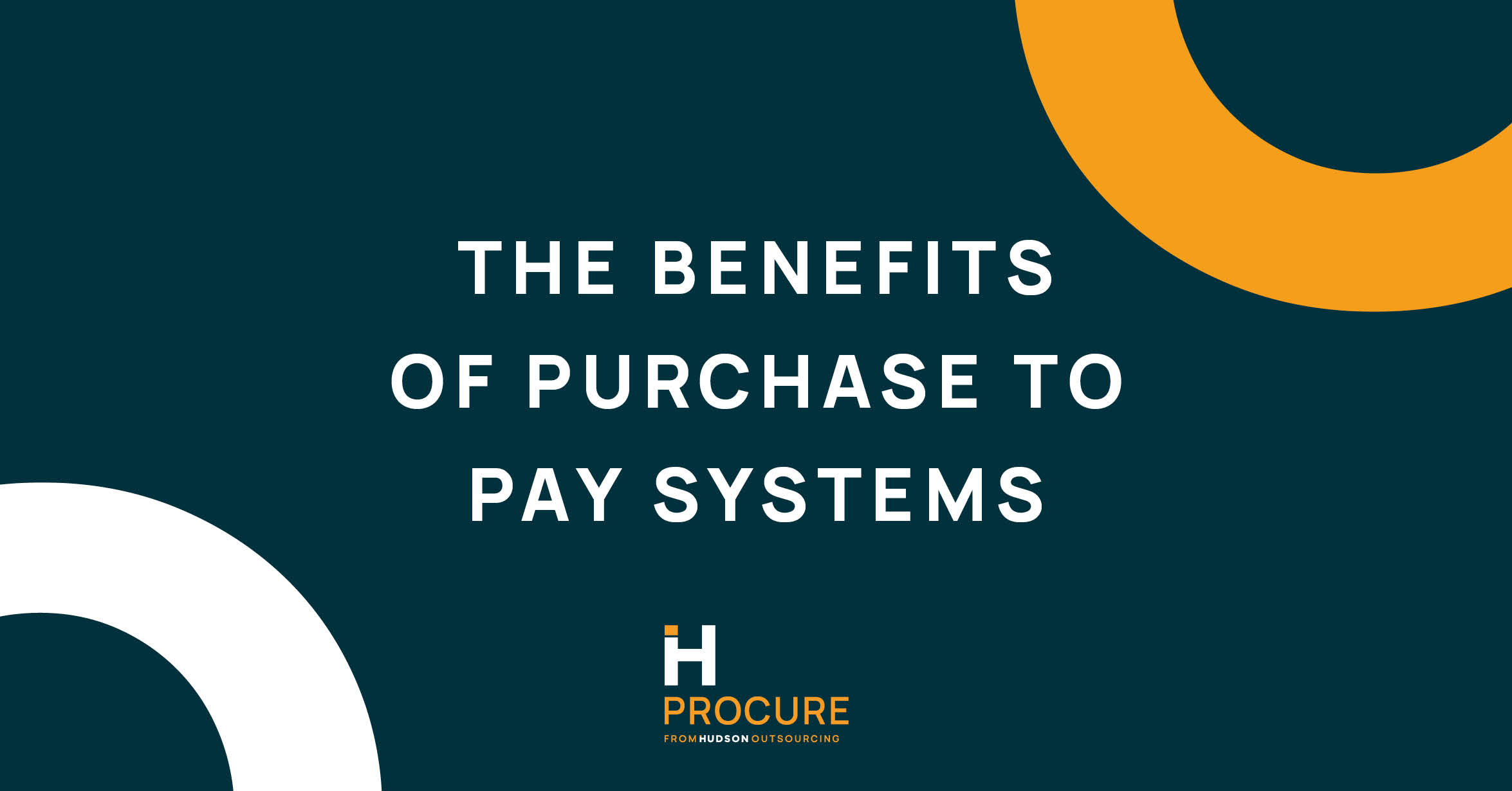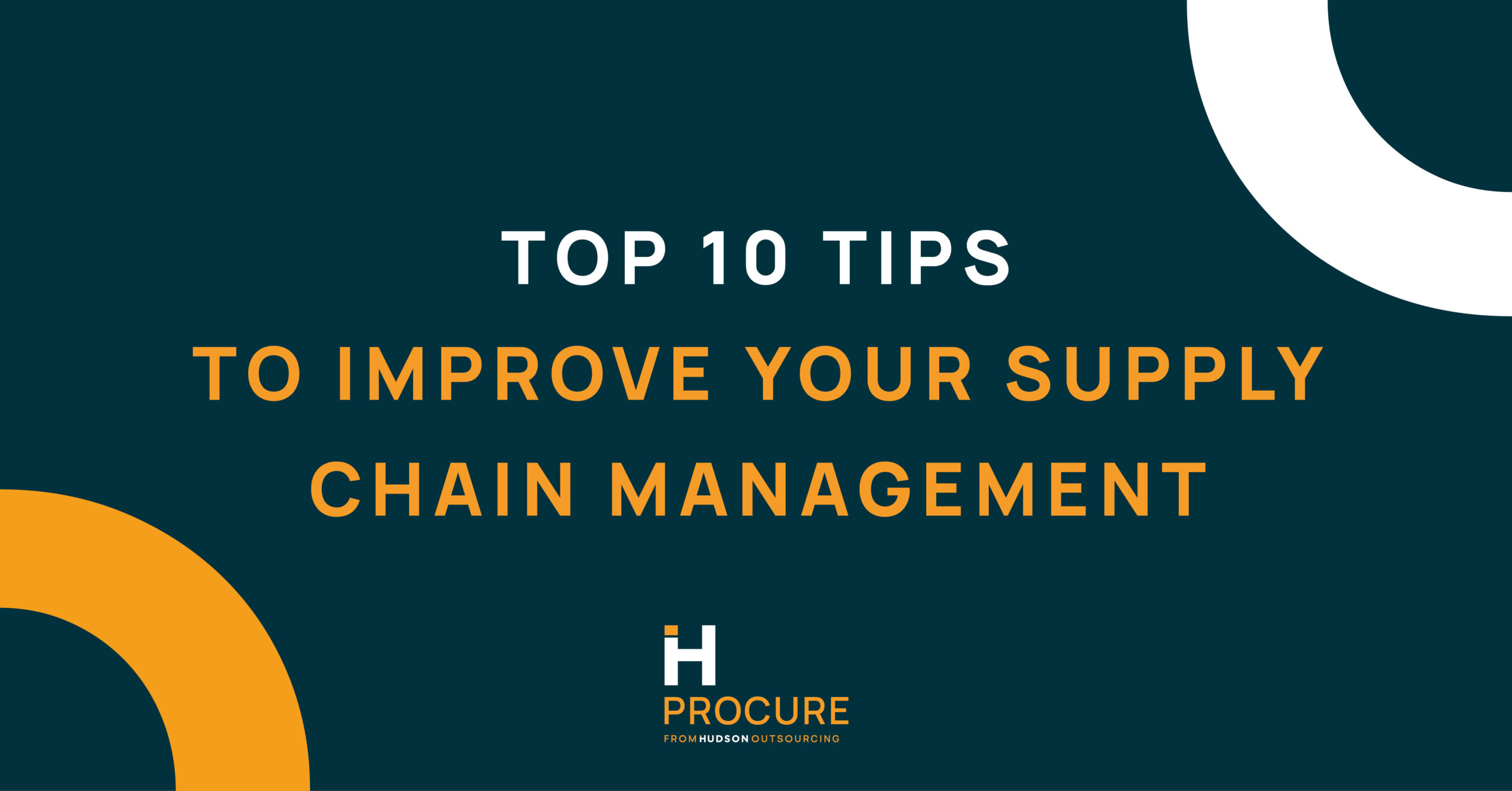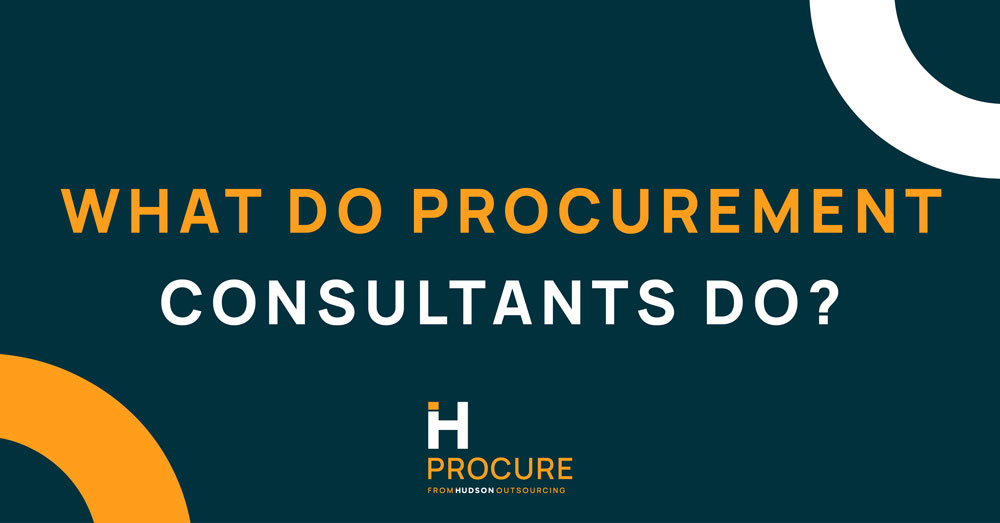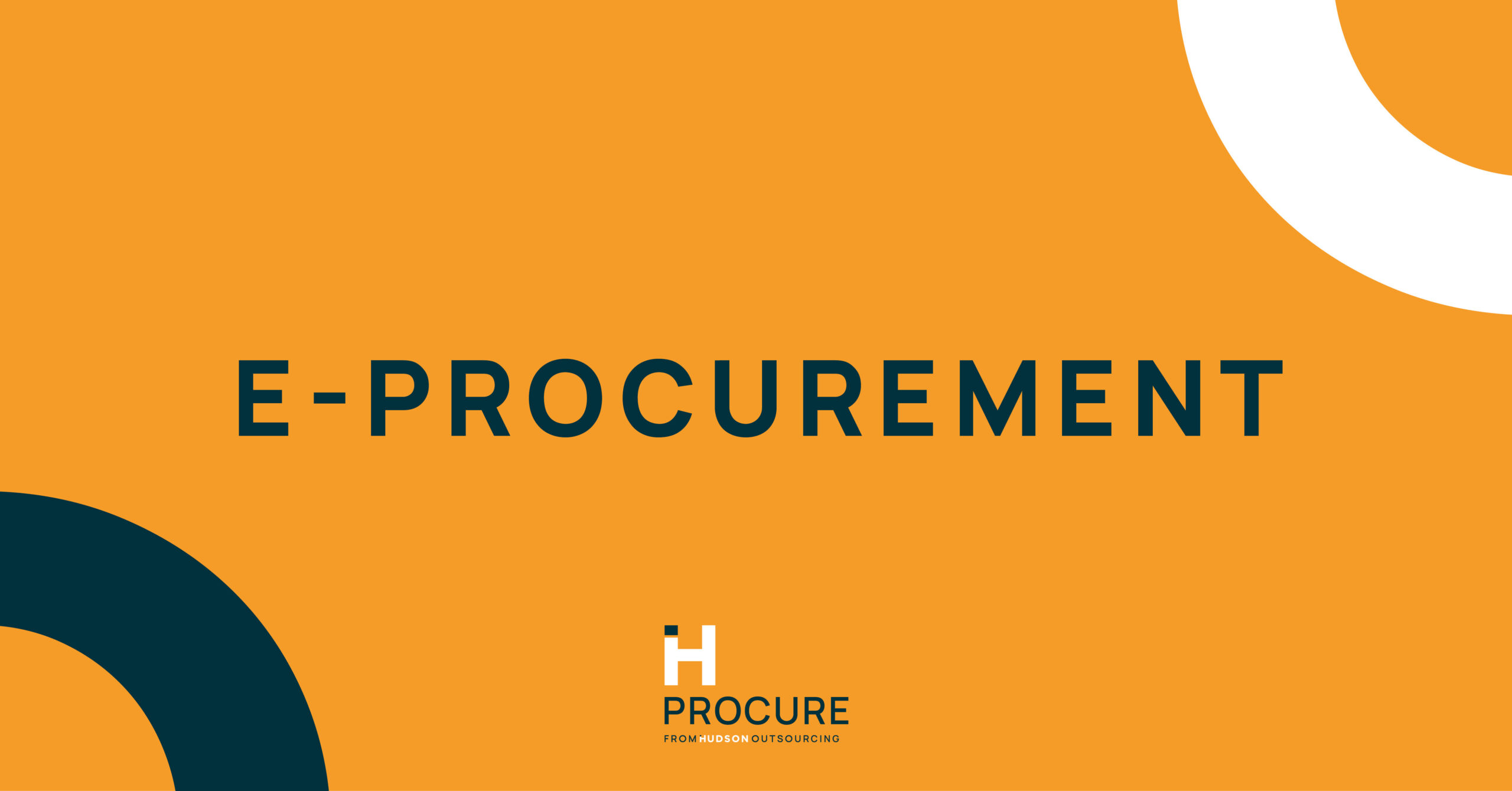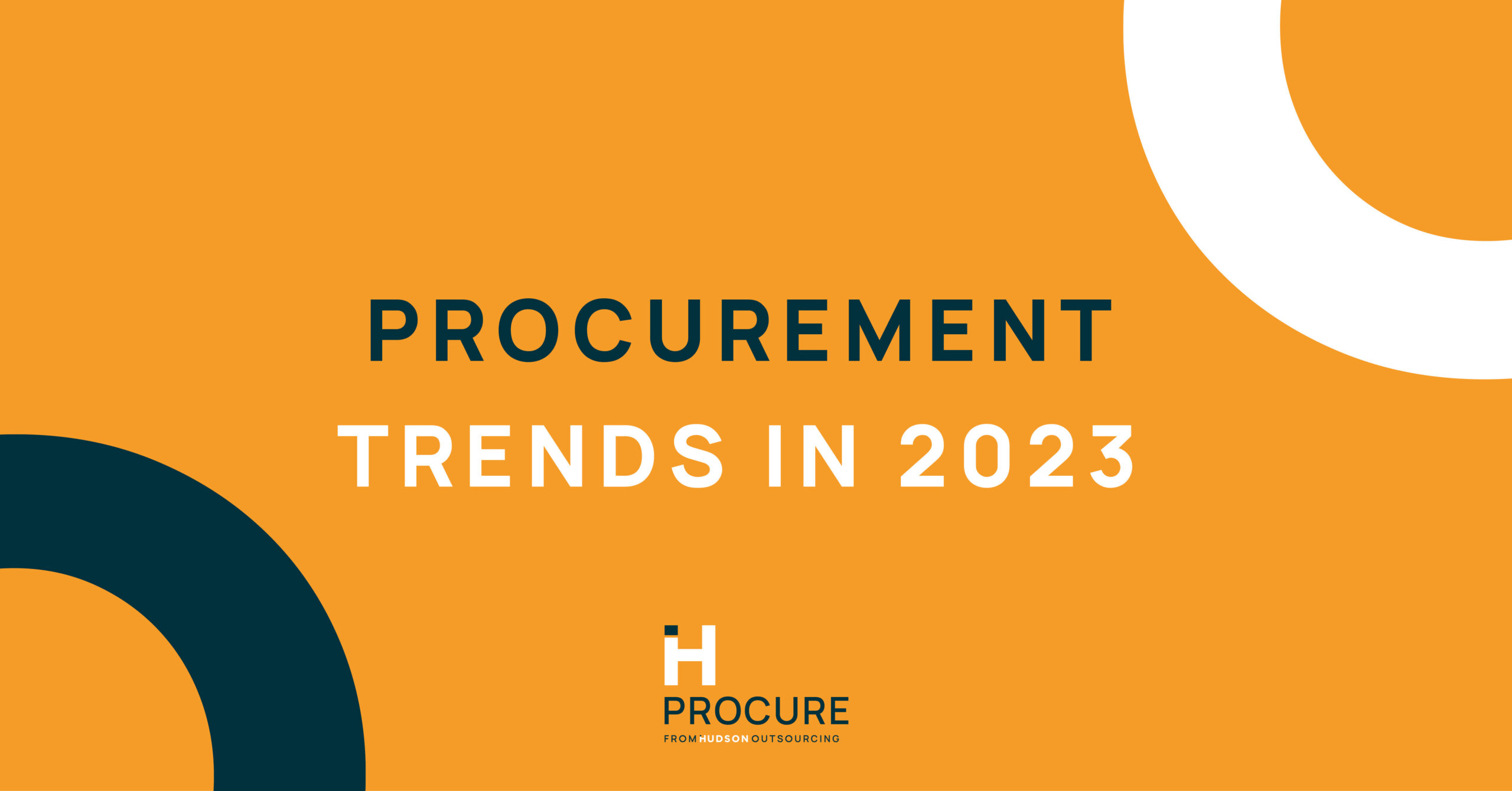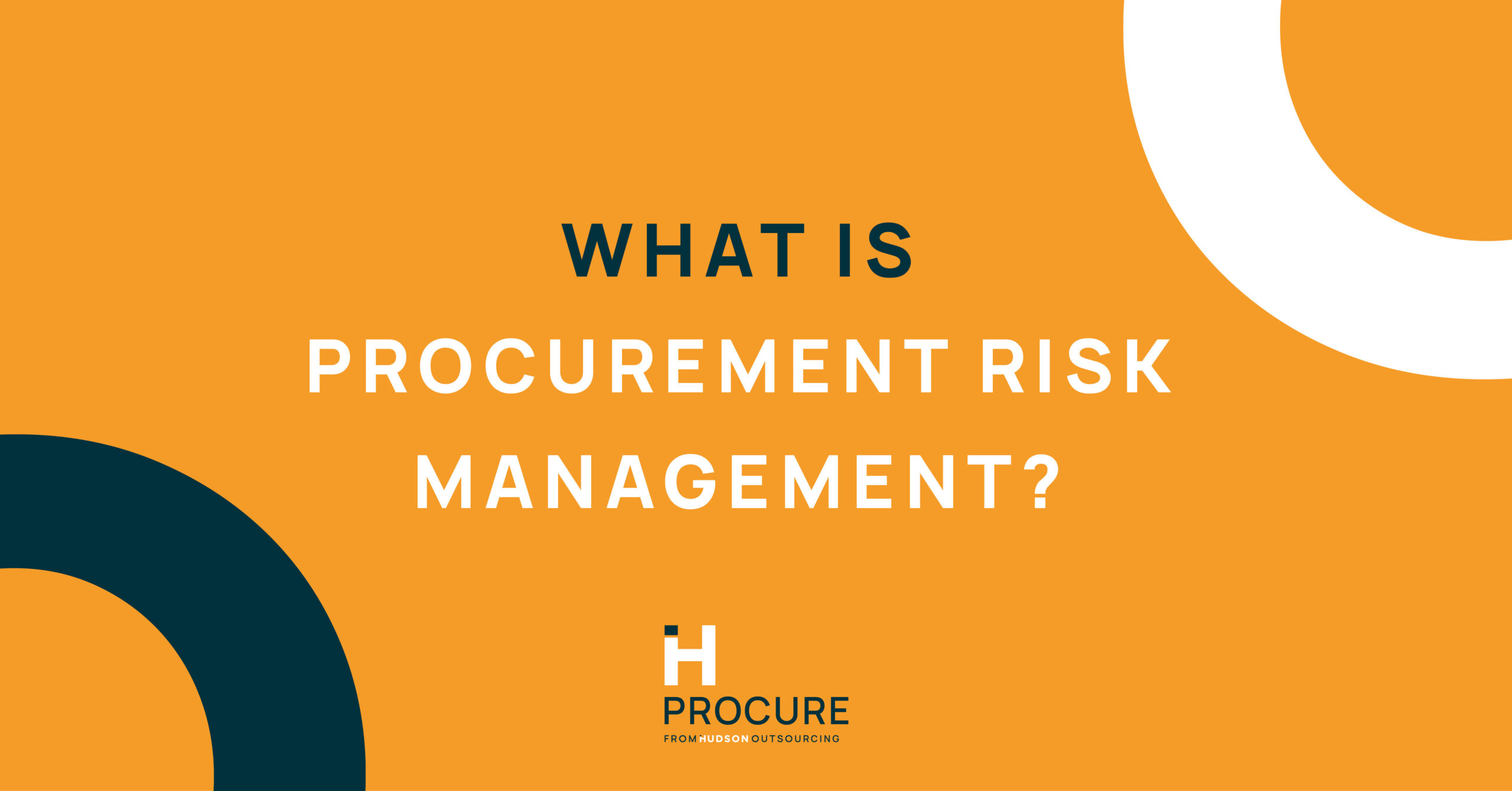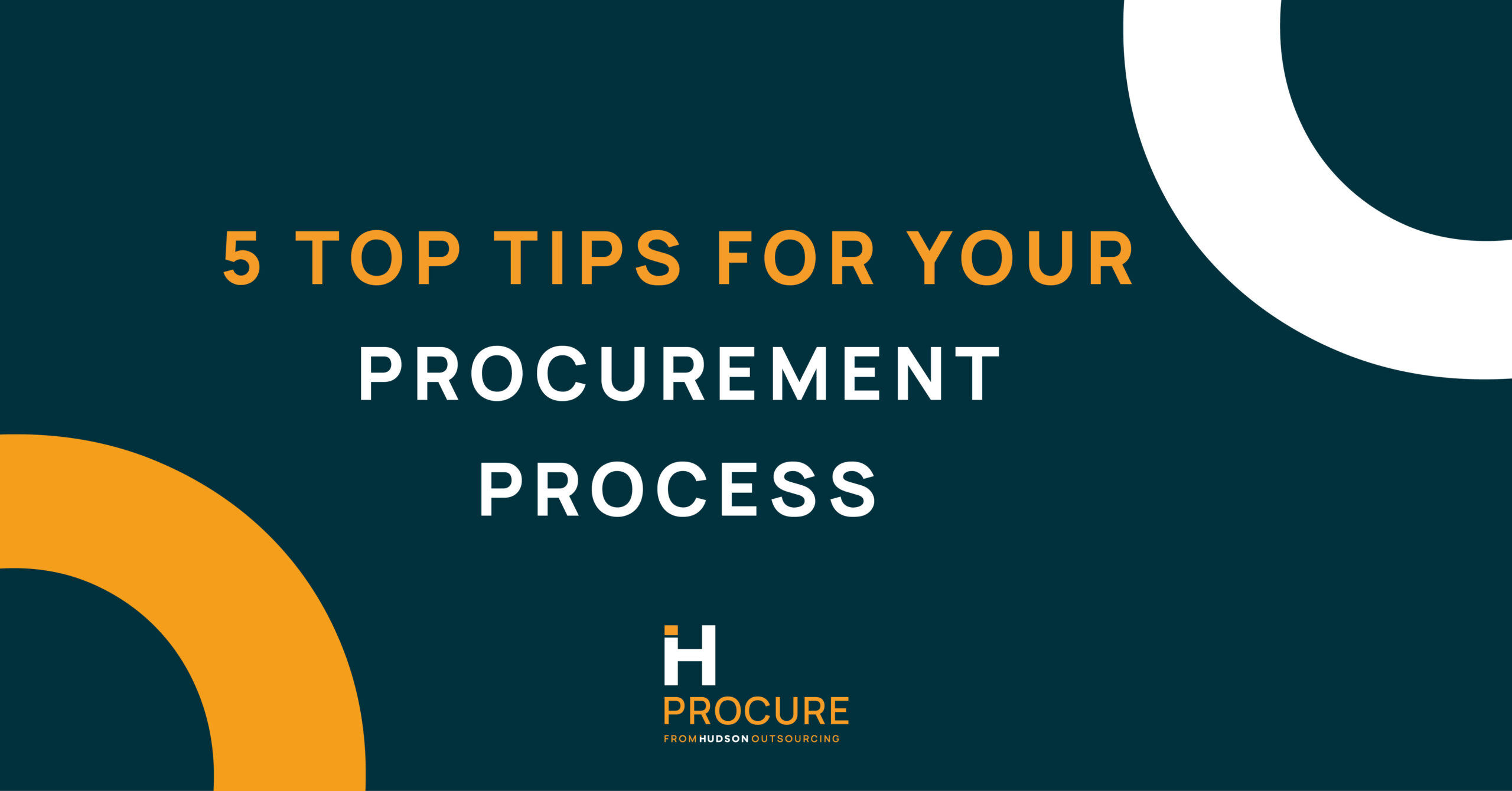What are the benefits of using a purchase to pay system?
Do you know the benefits of using a purchase to pay system? In this blog, we’ll tell you everything you need to know!
What is a purchase to pay system?
Simply put, a purchase to pay system fully automates the procurement process for an organisation. This includes everything, from all aspects of strategic purchasing through to paying the successful supplier.
The purchase to pay process can also be called procure to pay or P2P.
What are the benefits of implementing a purchase to pay system?
-
Streamline the process
Using a purchase to pay system can help streamline the procurement process for your organisation. When an organisation’s procurement activity is entirely electronic, requests and approvals can be processed much faster. So, a purchase to pay system will help you shave time off your procurement strategy.
-
Increase visibility
Implementing a purchase to pay system will help increase visibility within your organisation, for buyers and suppliers alike. Every purchase can be tracked, making it easier to cut down on tail spend. It’s also possible for the process to be viewed in real-time, increasing transparency and fairness.
-
Improve supplier relationships
Following on from our last point, increased visibility throughout the procurement process could lead to improved supplier relationships. This is because a purchase to pay system will help keep suppliers informed throughout the process.
-
Leverage negotiating power
As a result of increased visibility and transparency, suppliers might be more open to negotiations with buyers. When they have confidence in their payment status, they might be willing to go beyond the contract terms. This is great news for buyers that are looking for the best value for money from suppliers.
-
Capture data
Another benefit of using a purchase to pay system is that it’s easier to capture data for better decision making. Generally, these systems offer robust reporting capabilities, and make it easier to store your historical procurement data. Organisations can use purchase to pay systems to evaluate their spending and make decisions about their future procurement activities.
What is the purchase to pay process?
So, you know all about how a purchase to pay system could benefit your business. Now it’s time to look at the purchase to pay process.
It might seem overly complicated at first, but it doesn’t have to be. To simplify things, we’ve broken the process into six steps:
-
Buyer establishes a need
The purchase to pay process begins when the buyer establishes a need. This could be any type of good, product or service.
-
A request is made
Next, a formal request will be made in the purchase to pay system. This request will be reviewed by the appropriate person, whether that’s a department head or purchasing professional.
At this stage, the request will either be approved or denied. If the request is denied, it will be sent back to the initiator for correction and resubmission.
-
Purchase order issued
If the request is approved, a purchase order will be submitted to the supplier. The supplier can either approve it, reject it, or start a negotiation. If a supplier approves the purchase order at this stage, this activates a legally binding contract.
In the case of low-value items or one-off purchases, there could be the option for a spot buy. Basically, this type of spending is unplanned and is often considered an emergency, one-off purchase.
-
Supplier delivers the requested goods or services
At the next stage, the supplier will deliver the requested goods or services. The buyer will then inspect the products or services to ensure they comply with the contract terms. They will check factors such as:
- Quality
- On-time delivery
- Service
- Contract compliance
- Responsiveness
- Total cost of ownership (TCO).
-
The invoice is submitted
Now the supplier can submit an invoice to the purchase to pay system. Following this, a three-way match between the purchase order, the supplier invoice and the goods/services receipt is performed. This aspect of the process is to identify any discrepancies. If none are found, then the invoice is passed to the relevant team. If discrepancies are found, then the invoice is rejected.
-
Payment is processed
Finally, the invoice will be processed in the purchase to pay system and payment will be made to the supplier.
In summary
A purchase to pay system fully automates the procurement process for an organisation. There are many benefits of implementing this kind of system, including:
- It streamlines the process
- Increases visibility
- Improves supplier relationships
- You can leverage negotiating power
- It’s easier to capture data.
While the purchase to pay process might seem complex, it can be broken down into six steps:
- Buyer establishes a need
- A request is made
- Purchase order issued
- Supplier delivers the requested goods or services
- The invoice is submitted
- Payment is rejected.
How can Hudson Procure help?
Procure Consult
With Procure Consult, we offer support with tender management and ad-hoc procurement consultancy. Our expert team will manage the end-to-end procurement process or offer assistance with any stage, as and when required.
Procure Health Check
With Procure Health Check, we’ll conduct a full review of the strategic and operational procurement processes within your organisation. We’ll identify the areas that need improvement and help you drive greater value from the procurement process.
Procure Analyse
The purpose of Procure Analyse is to conduct a high-level analysis of your spending activity. We’ll help you understand your current purchasing behaviour and highlight areas that can deliver greater value. Procure Analyse is also offered as part of Procure Health Check or as a standalone service.
Procure Outsourcing
With Procure Outsourcing, we deliver a range of procurement solutions on an outsourced basis, completely bespoke to you. This can range from delivering multiple tender projects as a package to delivering the full procurement function of your organisation.
Procure Post
Are you trying to find a supplier for your project? Post your tendering opportunity onto any of our 11 sector-specific portals for FREE with Procure Post!
Housed by our sister company, Hudson Discover, our portals host thousands of tendering opportunities for organisations of all sizes. For an additional cost, we’ll even help you identify your requirements and find the most suitable suppliers for your business.
Get in touch for a consultation and find out how we can help your business drive better value from procurement.
Check out our other blogs for further Procurement Insights:

